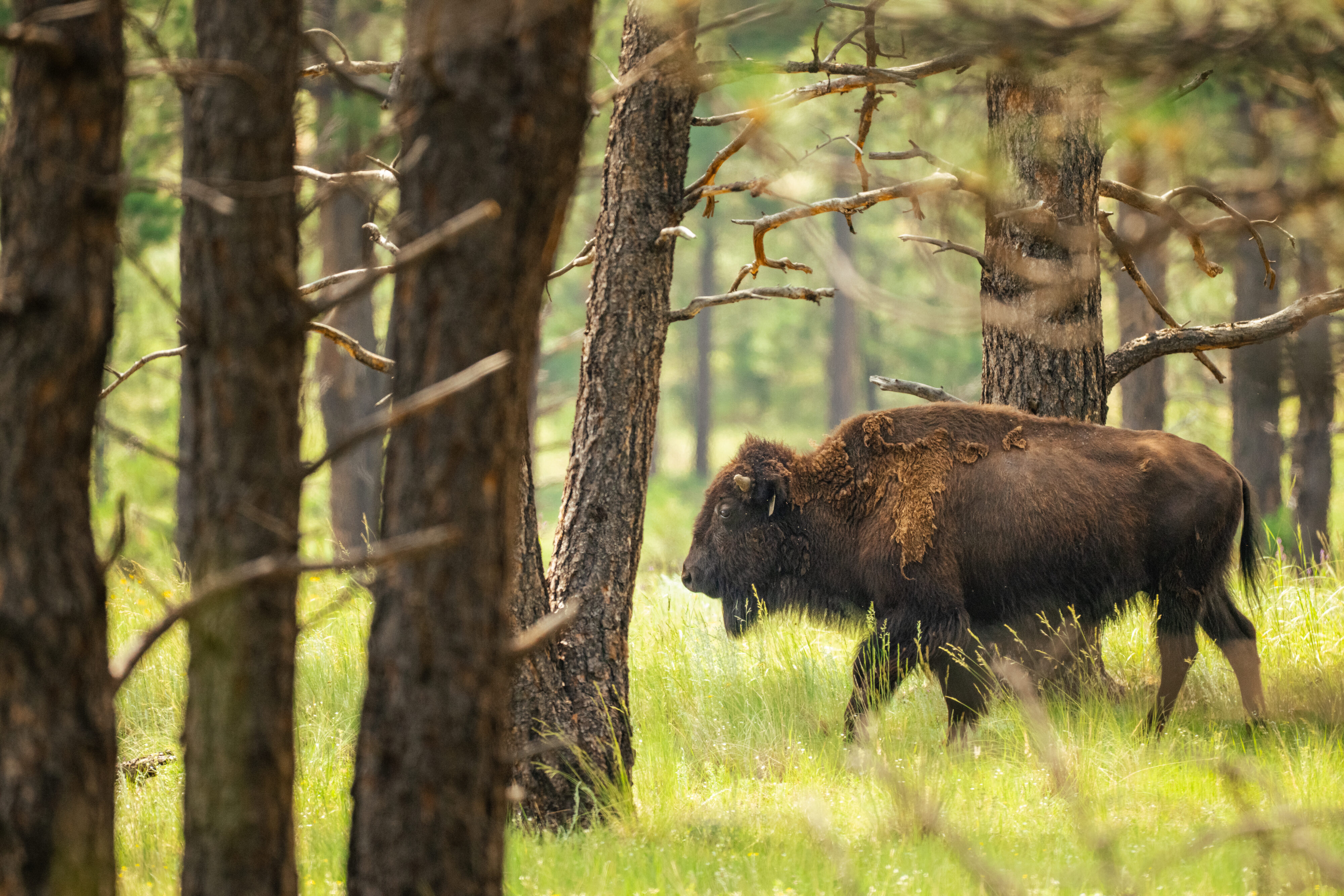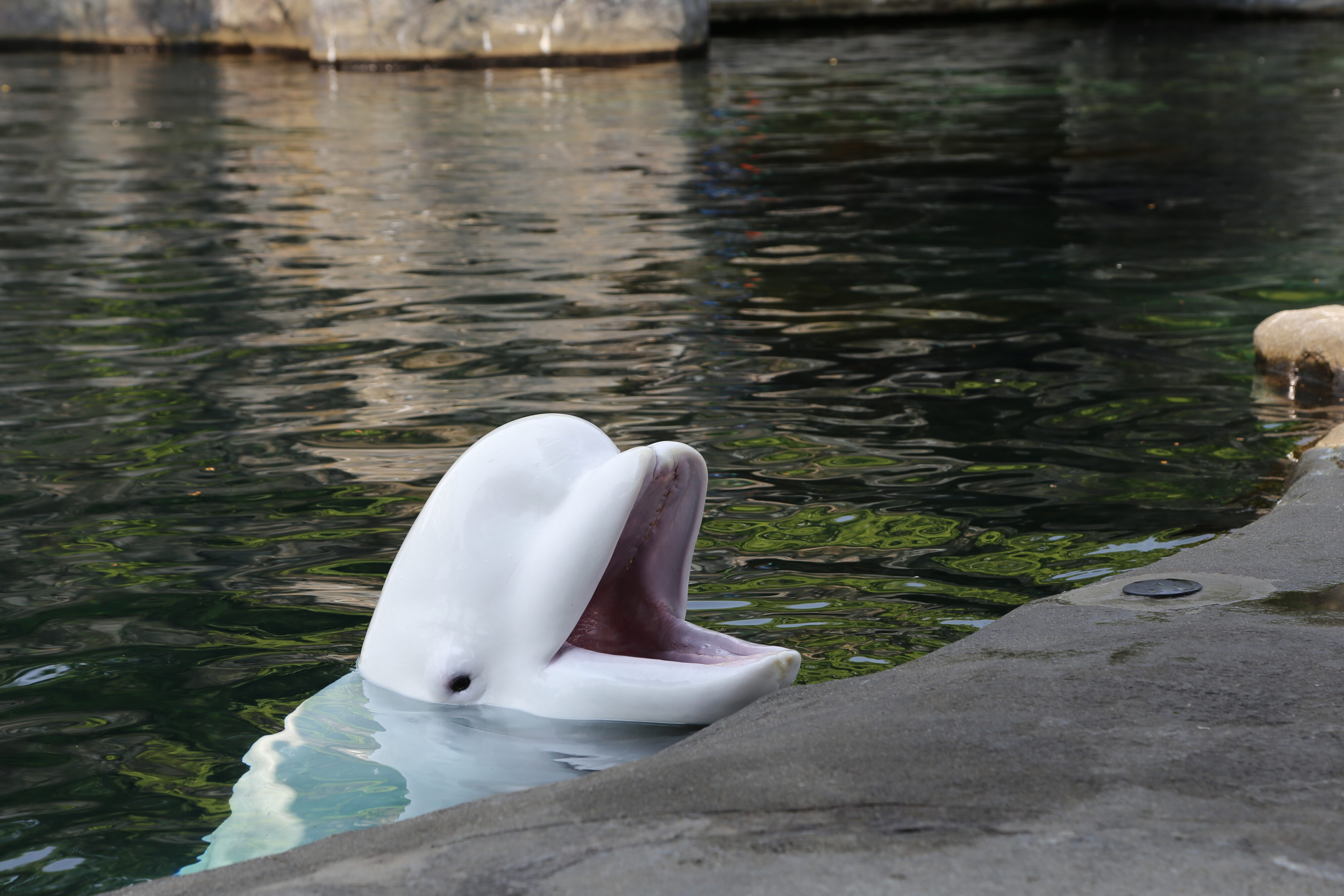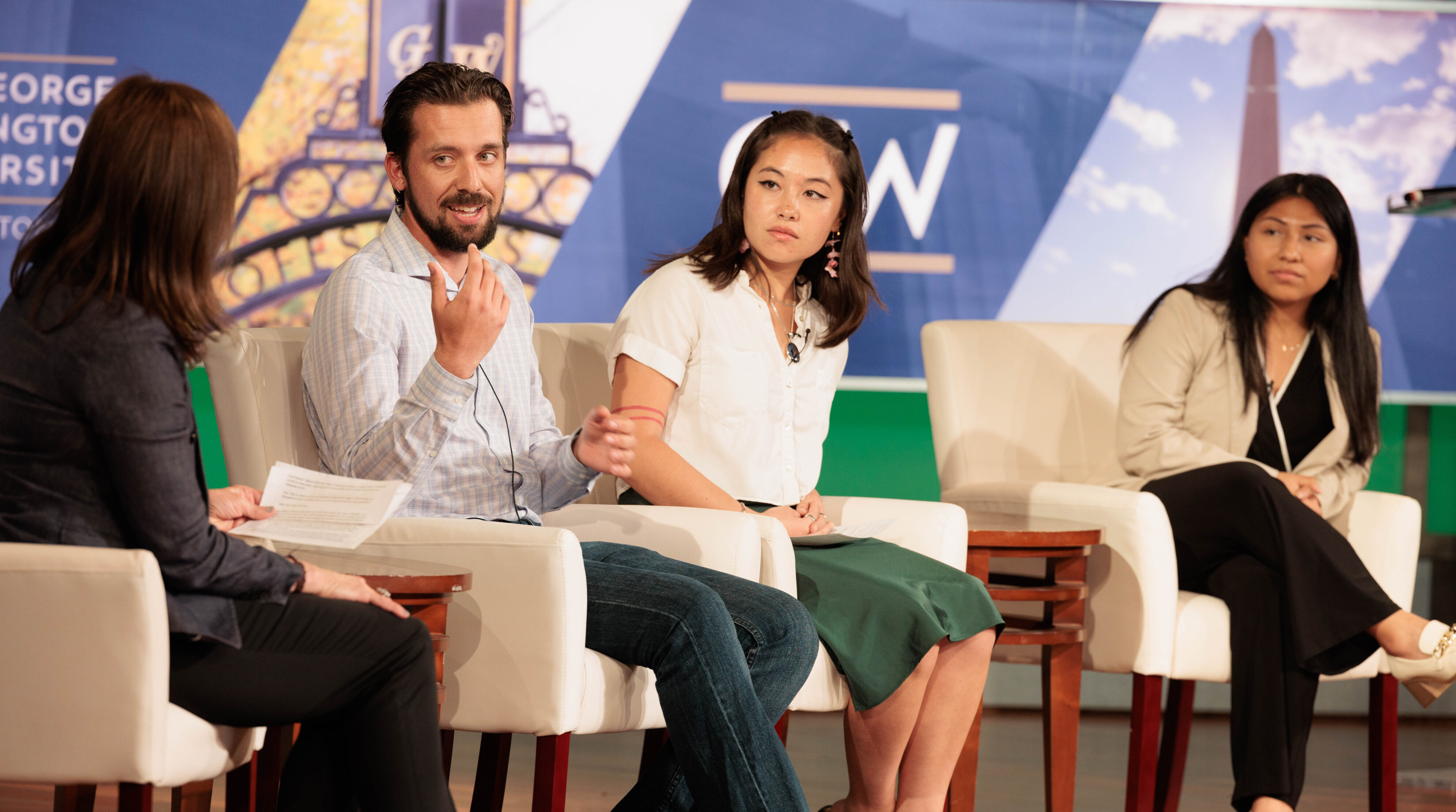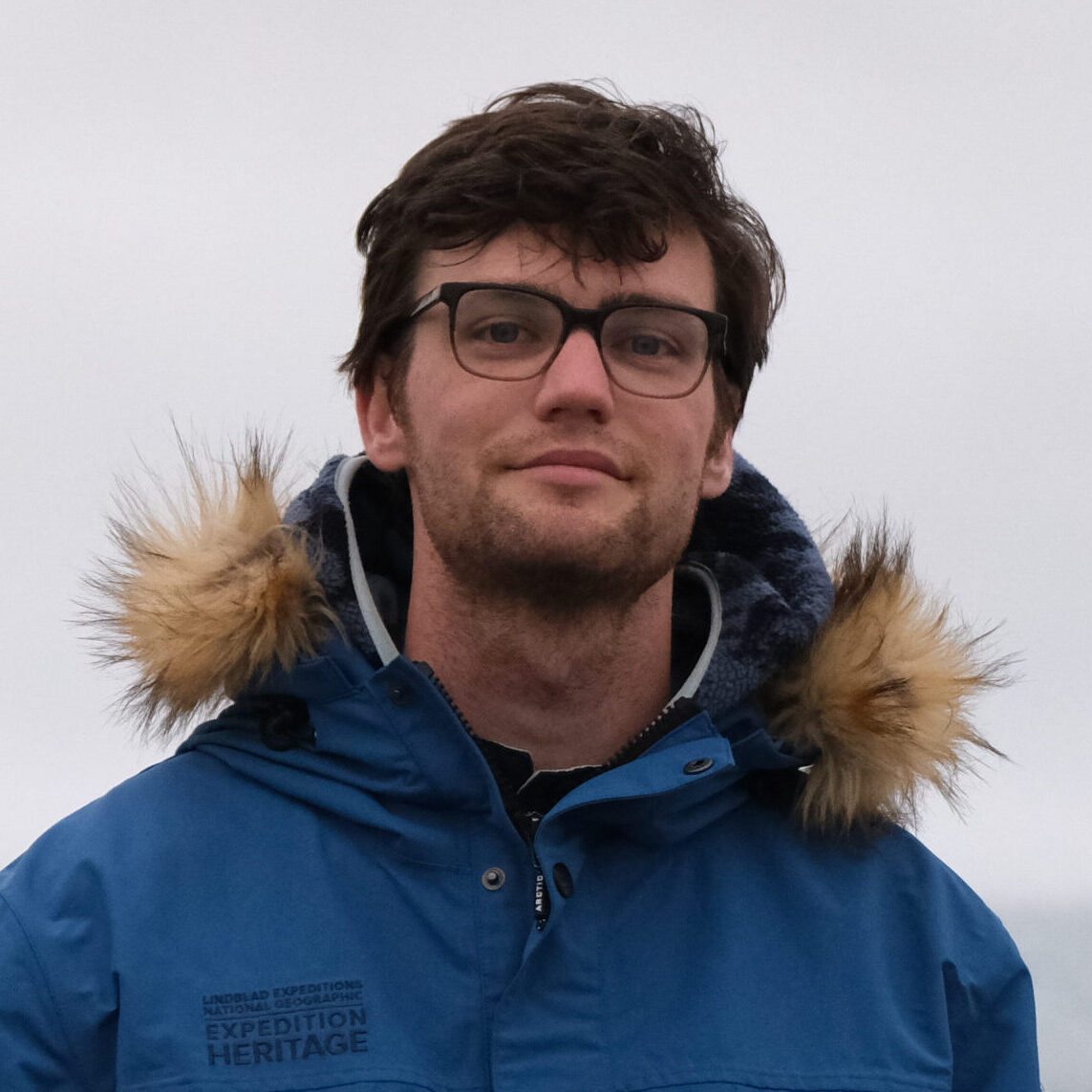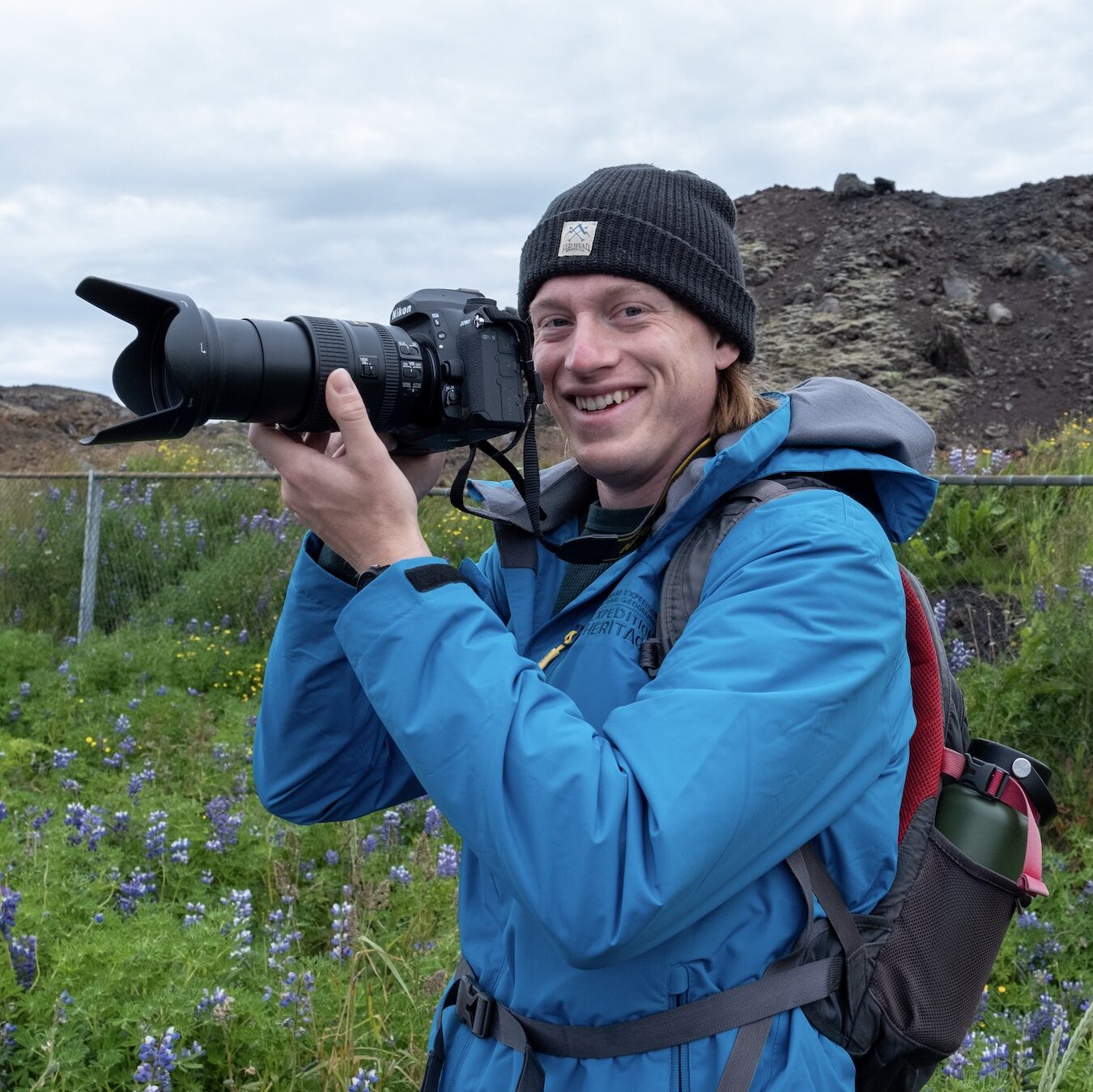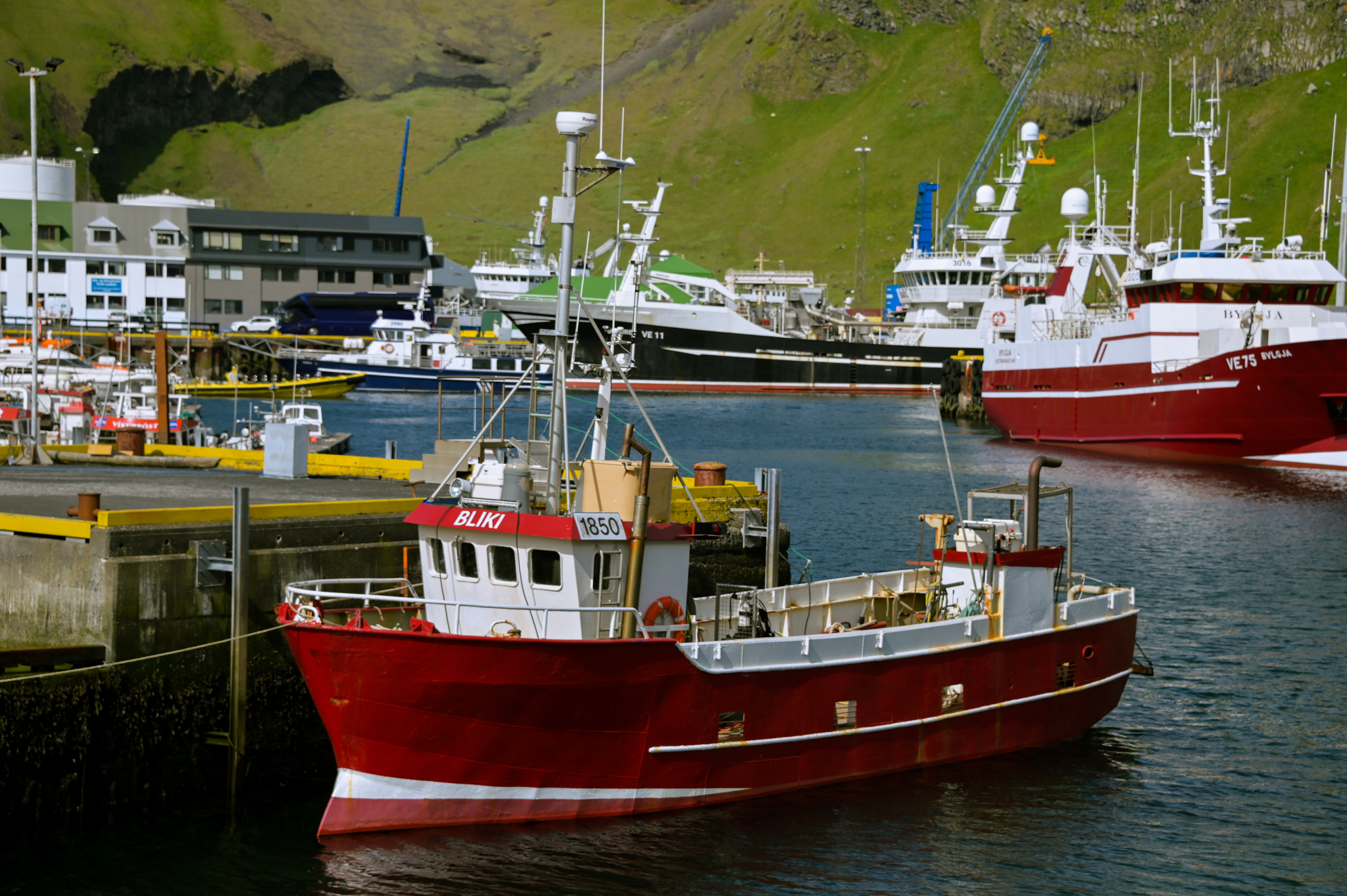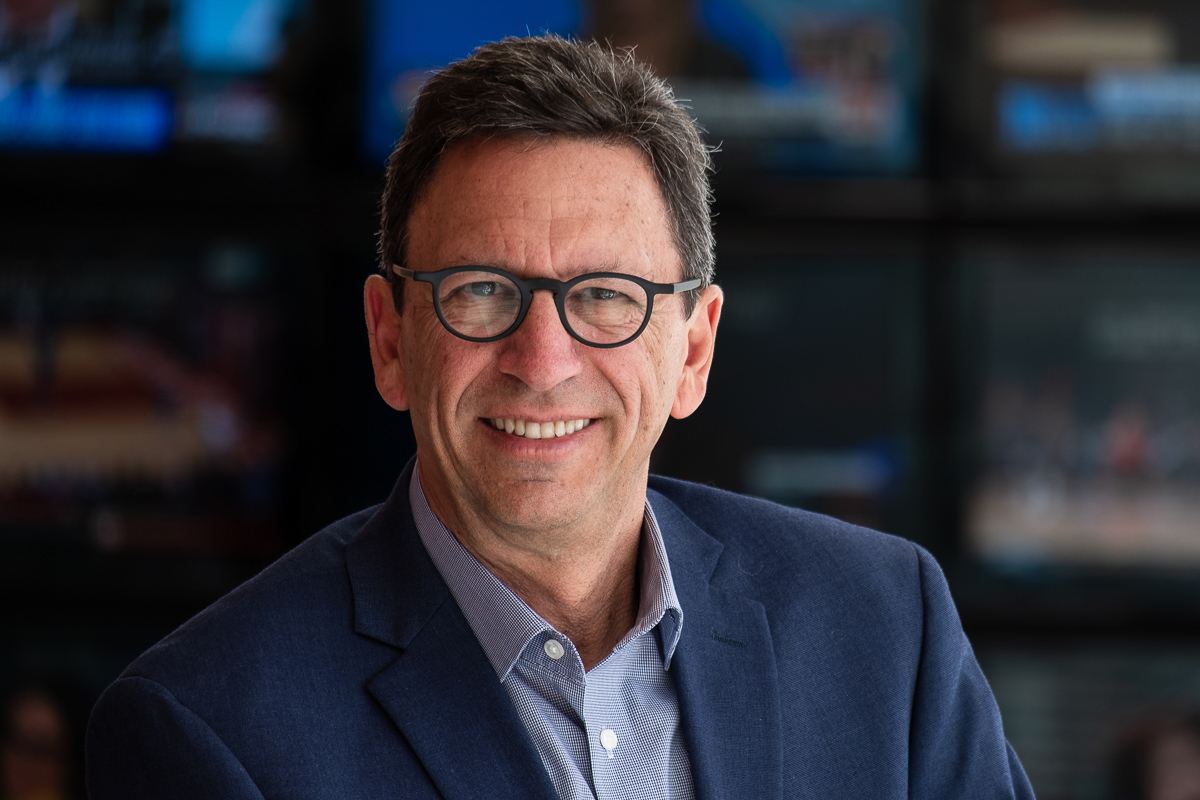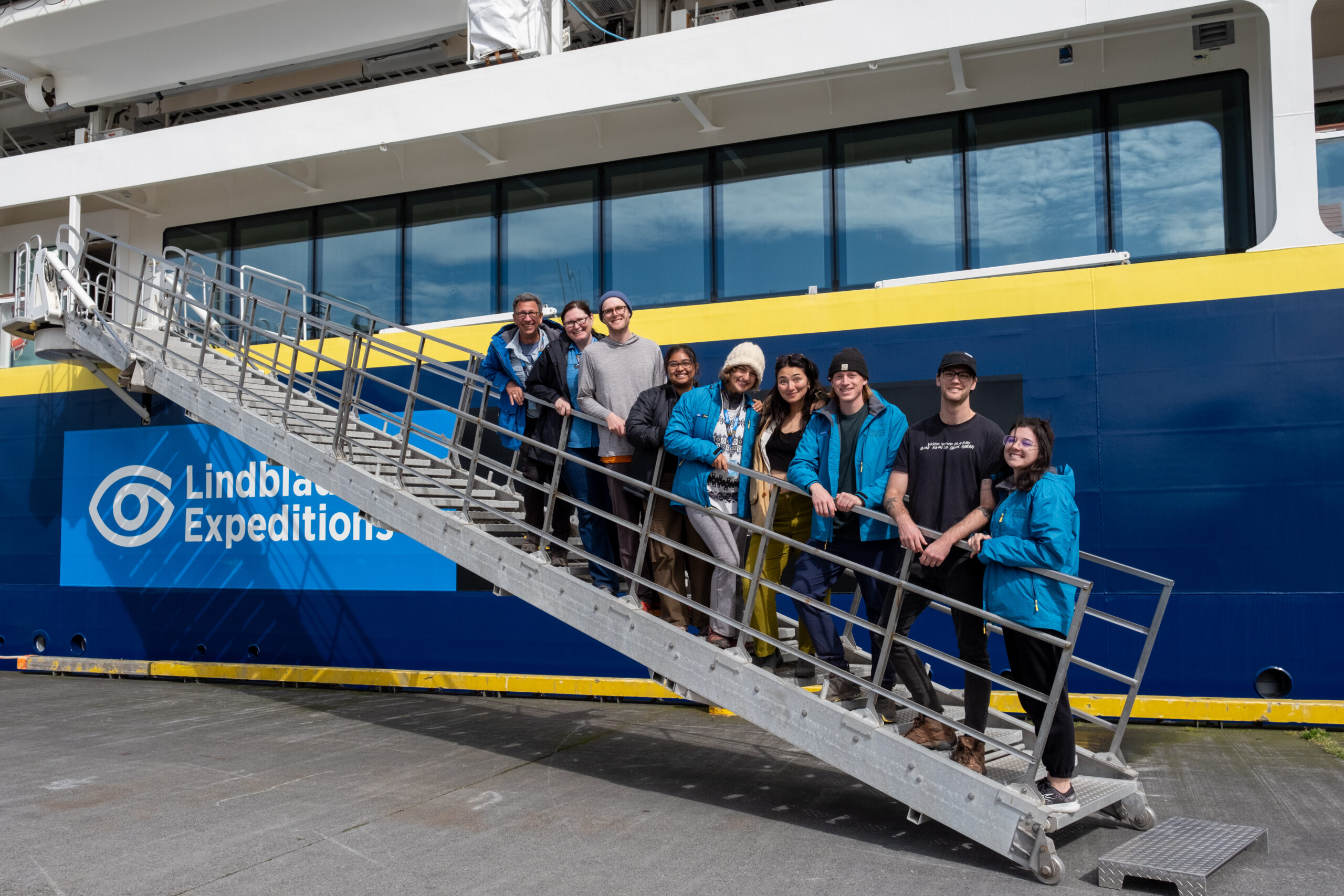With each year, the drought in Argentina's Mendoza region worsens. This story describes encounters with the impacts of drought and the local activism paired with it.
The marvels of Mendoza: Seeds of change in a drying landscape
I spent the fall of 2023 studying abroad in Buenos Aires, Argentina. As a part of the Middlebury School abroad program, our student group had the profound privilege of traveling to the province of Mendoza, nestled in the foothills of the Andes and renowned for its rich red wine. During this four-day trip, we wandered through bodegas and trampled around the upper alpine biomes, sipping on inky malbecs along the way, of course. But none of us were expecting to encounter the gravity of the environmental crisis faced by the region: drought.
As our mouths were agape from the raw beauty of the mountainous landscape, we found ourselves coughing – at points choking – on dust. And upon conversing with locals like the taxista on Day Two, it was clear that the dry climate is far from breaking news. This 10-year drought has become commonplace for Mendozans, each year a bit worse than the last.
Sure enough, a 2021 study found that five of the largest rivers in the Mendoza basin are under extreme hydrological drought conditions. In addition to the desiccation of key wetland ecosystems, agriculture and livestock have suffered tremendously. Wine production has decreased by almost a third, and key reservoirs can no longer promise water to local communities. As an attempted pivot, snowfall from the Andes has been increasingly relied on – but what happens when snowfall decreases each year? Last winter, the valley received no snow at all. Snow-covered vistas are either distant in memory, or far up in the mountains.
Activism in Mendoza
On the final day of our trip, we had the gift of spending time with members of Mendoza’s Asamblea Popular por el Agua. This group of young climate activists have planned and implemented a series of largely- attended protests, dances and other events over the past five years. On this day, we drove two hours south to attend a public fair framed around the distribution and celebration of seeds in the town of San Carlos.
They shared their work with us, which has proven incredibly effective in creating change and mobilizing substantial numbers of people in the fight for rights to clean water for everyone. Their framework of diverse, creative, unrelenting activism allows them to address specific communities with each campaign, ensuring that their message truly reaches everyone.
Their campaign also addressed questions of environmental justice in the face of climate change, since the impacts of drought, water pollution, and privatization will be distributed unequally, such that certain communities bare the largest burden of these actions. By utilizing infrastructures that already exist, such as grassroots organizations, farmer coalitions, news channels, famous singers like the Puerto Rican rap group Calle 13, and more, they have brought their message to large audiences.
La feria de Semillas adopted this similar technique, bringing local farmers, vendors, specialists, the work of local students, and regional nonprofits into the same space in order to amplify their message and strengthen connections within this network of various actors. Having only witnessed four days of Mendoza, I found myself blown away. First, at the seriousness of the situation. As environmental crises often are, this drought is at the nexus point of concurrent crises: public health, economic and ecological. Second, I was blown away at the wisdom and clarity of the activism already in place. It was targeted, inspiring, and oozing with the joy of community. In my past activism in the U.S., I had never encountered a group that could so gracefully balance hope and reason.
Upon boarding the return flight to Buenos Aires, I felt shaken awake. The land had a lot to say, but so did the people. This work is rich with demonstrations of conflict transformation in practice. The seed fair attendees brought their own history and life experience into the space; each had their personal stories of the drought and its impacts. In order to equalize and publicize the knowledge of this predicament, a panel of local experts elaborated on the historical and current situation.
Similarly, there was a native plant workshop, open to the public, where attendees could learn about local plants and how to cultivate them. These structures built both freedom and responsibility for every individual at the fair: By gathering sources of local knowledge and sharing them among the community, each individual becomes an agent of change. They too can distribute this knowledge. They are part of the solution.




